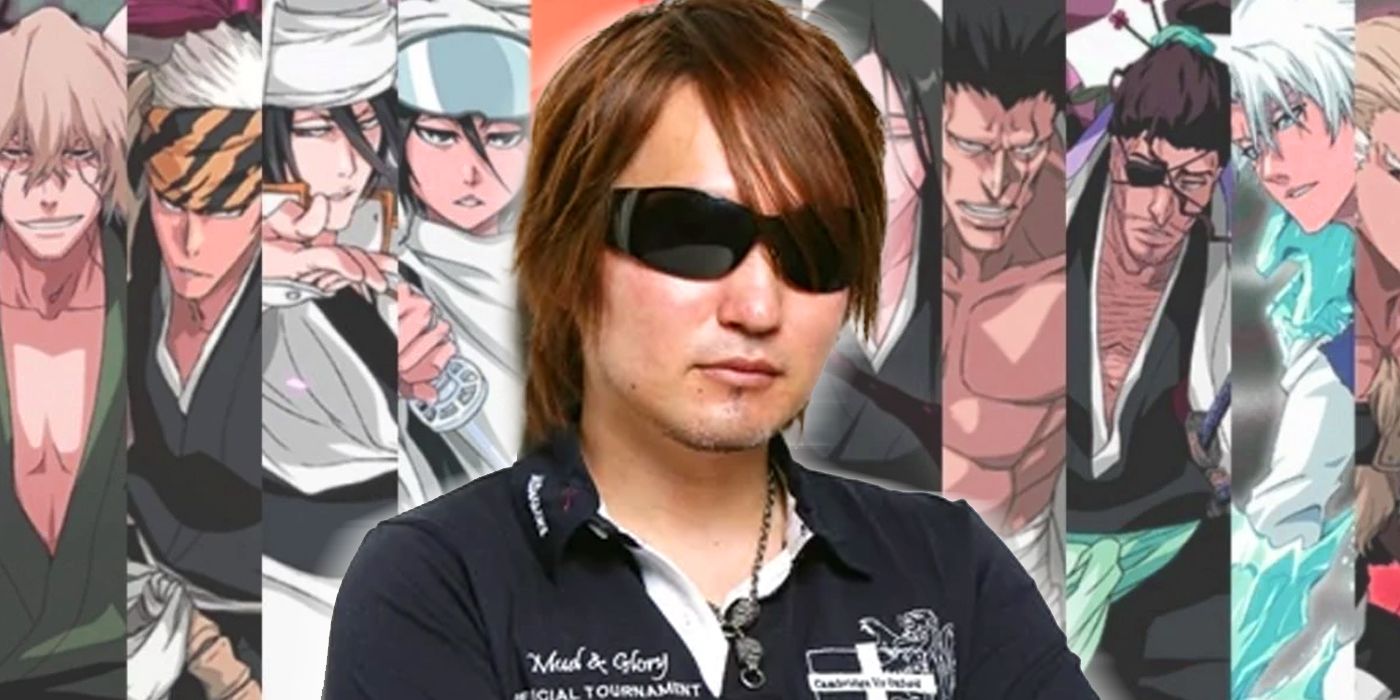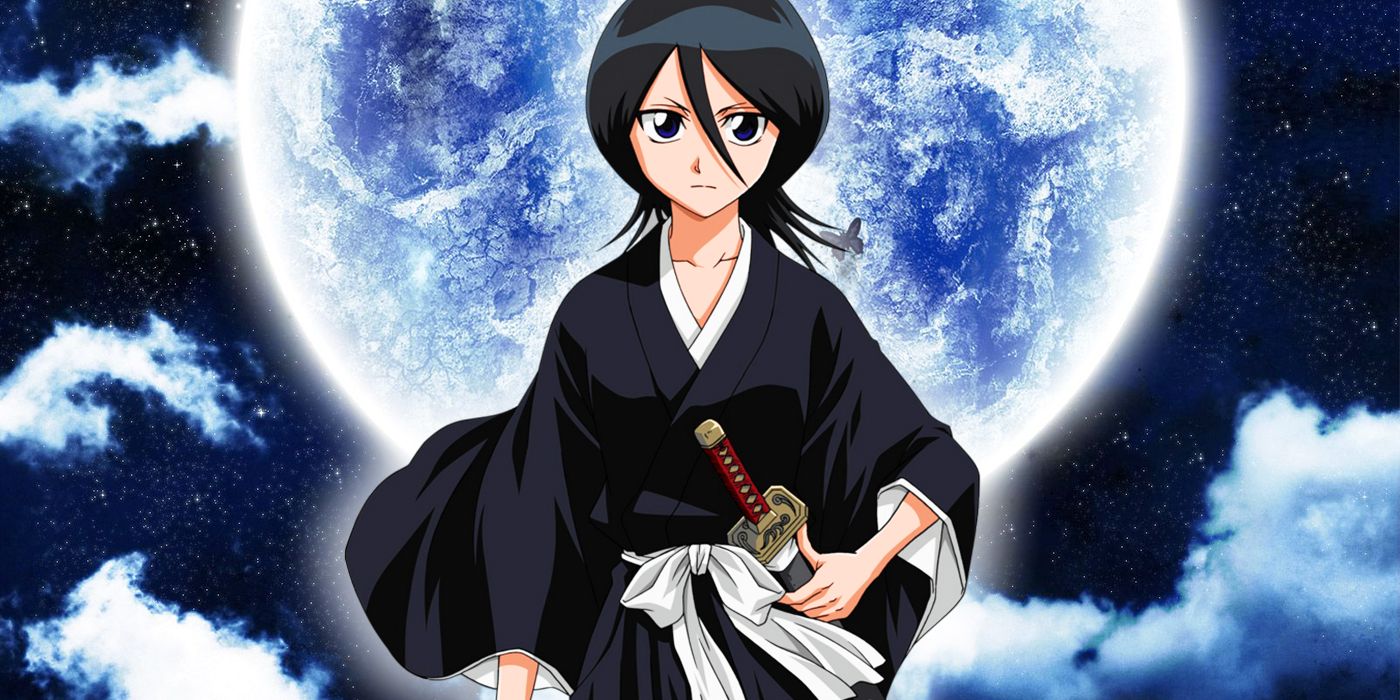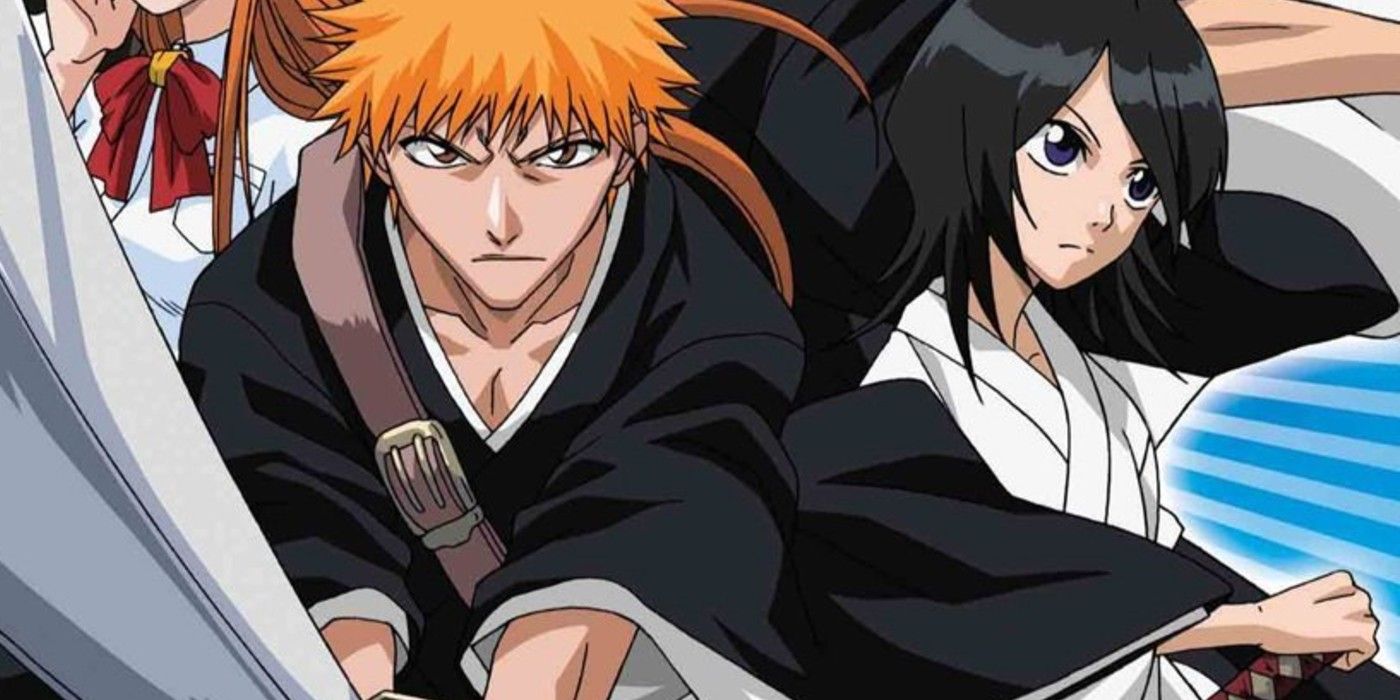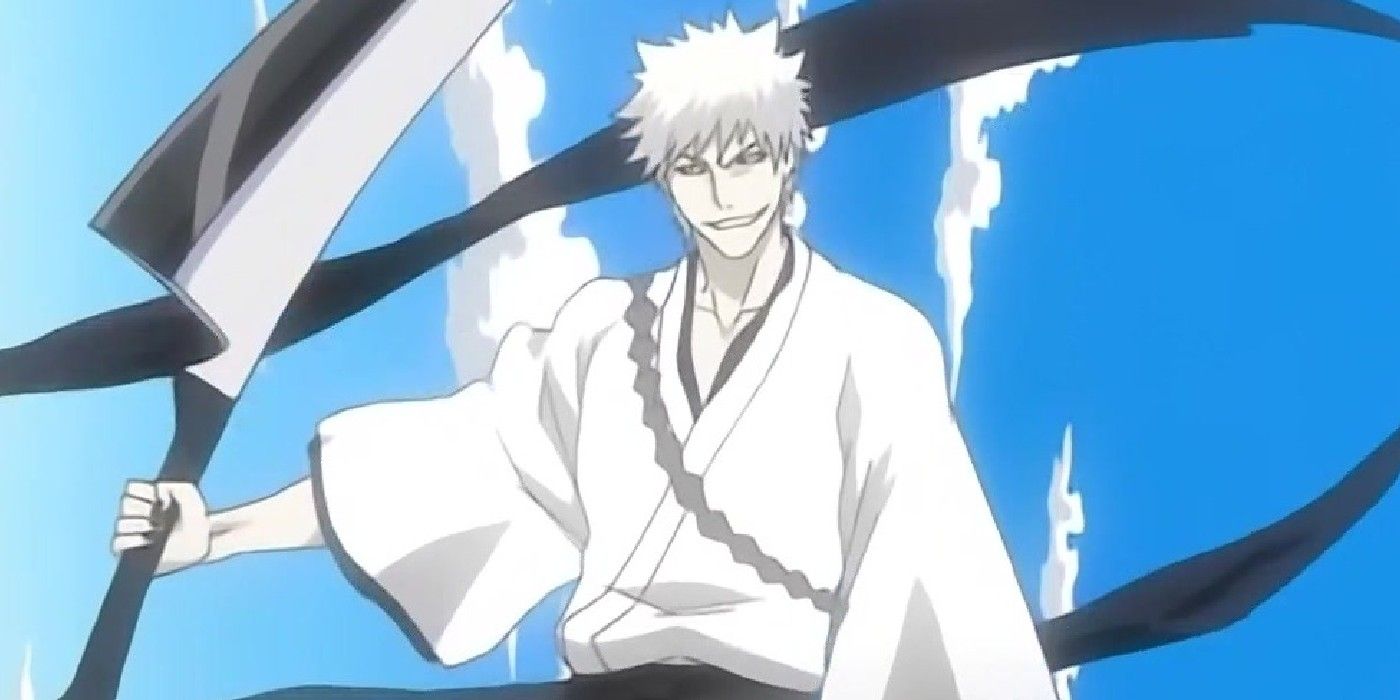Summary
Tite Kubo's hit manga series Bleach launched in 2001 in Japan, and it soon became part of Shonen Jump's fabled "big three," along with Masashi Kishimoto's Naruto and Eiichiro Oda's One Piece. Naruto is obviously named after its eponymous character, whereas One Piece is a reference to the legendary treasure belonging to Gol D. Roger, the Pirate King. As such, Bleach has the strangest name of the Big Three, one whose meaning isn't exactly obvious, even today years after the series' ending.
Anime titles don't always make sense — that said, there's a reason why the manga is called Bleach. When Bleach's one-shot flopped, manga legend Akira Toriyama sent Tite Kubo a letter of encouragement and inspired him to go forward with publishing Bleach, complete with its odd title. The reason why Kubo insisted on the name Bleach is classic Kubo, if not also a clever take on the idea of Soul Reapers.
Updated on August 30, 2023, by Ajay Aravind: Despite faltering during its final arc, Tite Kubo's Bleach remains one of the most popular animanga series of the 21st century. With millions of volumes sold, as well as the sheer scope of the franchise, it's not surprising that Bleach is still beloved today, over twenty years after the first chapter was released. While extremely popular, fans still don't have a clear idea of what the term "Bleach" is actually referring to.
Why Is Bleach Called Bleach?
As Tite Kubo revealed in interviews, Bleach was inspired by traditional Japanese death gods, or shinigami, who wore black robes and collected souls. Instead of basing the core of Bleach on the hero, Ichigo Kurosaki, Tite Kubo put the aesthetic first — Ichigo wasn't even the first character created for the manga. It was Rukia, and her appearance was significant. Rukia was designed before anything else for Bleach and was made to look like a classic shinigami, dressed in a simple, yet distinct, black kimono and wielding a katana. Rukia came to embody the aesthetic Tite Kubo wanted, and he named the entire series after it. The first title he came up with was Black, but as he explained in an interview, he felt that it was too simple a title, as was the inversion, "White."
So, Kubo changed "White" to Bleach, referring to how he "bleached" the black clothes of the Reapers to give his new shonen manga an unexpected name. Interestingly, Rukia Kuchiki was originally supposed to be the main protagonist of Bleach, with all the characters wielding guns instead of their trademark swords, better known as Zanpakuto. This previous version of Bleach, known as "Snipe," would have been a completely different ballgame than what fans have today. Although some wonder if replacing guns with swords was the right decision, it's clear that most of the story's thematic elements — especially those that revolve around Japanese mythology and folklore — would have been lost with modern weaponry.
Bleach's Name Inspired the Soul Reapers' Enemies
The concept of "black vs. white" inspired not only the title of Bleach and the robes of Soul Reapers, but also the Soul Reapers' enemies. In this series, it's surprisingly the villains who get to be all-white. The Quincy tribe, for example, sets itself apart from the Soul Reapers with militaristic pure-white clothing. The Quincy spite their Soul Reaper rivals in a visual sense, bleaching the Soul Reapers' color scheme white to create something new and distinct. This visual theme was expanded upon with the white uniforms of the Wandenreich, the hidden Quincy empire.
The Arrancars, or unmasked Hollows, were all given white uniforms with black detailing, the clear inverse of Soul Reaper uniforms' black with white detailing. No doubt Sosuke Aizen did this on purpose, and it matches the bone-white masks that all Hollows have. In Bleach, white is the enemy of the Soul Reapers, though the title is more benign about it.
"Bleach" May Potentially Be Ichigo Kurosaki's Release Command
The anime is called Bleach for a number of possible reasons. However, the title makes a lot more sense when considering the evolution of Ichigo Kurosaki. This plucky protagonist is famous for many reasons, including his overpowered abilities and young age, but there's also the mystery surrounding his Zanpakuto, Zangetsu. Every single character with a Zanpkuto necessarily utters a release command to release the Shikai, or primary state. These commands can be as simple as Sosuke Aizen's "Shatter, Kyoka Suigetsu," or as devastatingly poetic as Captain-Commander Yamamoto Genryusai's "Reduce All Creation to Smoldering Ashes, Ryuujn Jakka."
Ichigo, on the other hand, is supposedly using his Shikai at all times, which is why he doesn't have a release command. Interestingly, he's not the only character to face this conundrum. Even Zaraki Kenpachi, the formidable Captain of the Eleventh Division, doesn't use any release commands while fighting. Fans initially believed that this was because Kenpachi is also in permanent Shikai, but this theory was debunked during the Thousand-Year Blood War arc. After battling Retsu Unohana for an unknown duration, Kenpachi emerges victorious, having killed his opponent/mentor and gained a deeper understanding of his Zanpakuto. During his subsequent fight with Gremmy Thoumeaux, Kenpachi has no choice but to enter Shikai for the first time by saying "Drink, Nozarashi."
At this point, Ichigo becomes the only character without a release command. This is where a particularly fascinating fan theory kicks in. It suggests that Ichigo could potentially release his Shikai by uttering the words "Bleach, Zangetsu." This makes a ton of sense, partly because of Ichigo's relationship with Zangetsu, a being identical to himself except devoid of color. In other words, Zangetsu is a literally "bleached" version of Ichigo.




